In recent years, working remotely from home has become commonplace due to the COVID-19 pandemic. However, since the home is usually a space where you spend time with your family and relax, it is difficult to draw the line between work and personal life. Many people may be wondering how to properly distinguish between them.
In this article, we will introduce an environment suitable for remote work, tips on creating a room that makes working easier, and three layouts that will improve your concentration. If you are struggling to create a room suitable for remote work, please use this as a reference.
At Village House, we offer properties across Japan with rent starting from around 20,000 yen. If you’re looking to move into a room suitable for remote work, please visit our website.
Choose a space where you can set up a desk
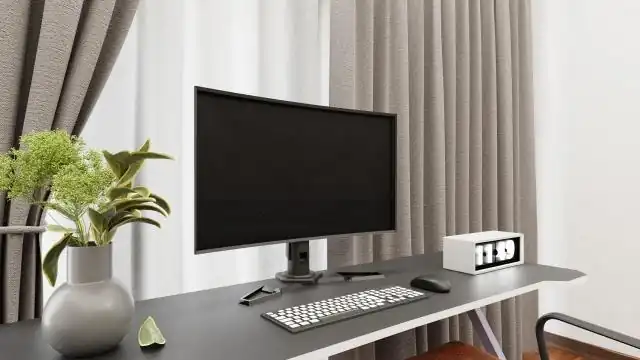
To work effectively, your workspace is a crucial factor. If you use the living room where your family gathers or a place where many people come and go as your workspace, you will more likely get distracted by voices and other people’s presence. Furthermore, there is also a risk that your family members will accidentally appear on camera during remote meetings or conferences. Moreover, if you sit down and watch the TV or your favorite book, it’s easy to get distracted and lose focus.
Therefore, it’s important to arrange your workspace so that non-work-related items don’t come into view. For example, you can arrange your desk facing the wall to avoid distractions or use partitions or furniture to separate the space, creating an environment where you can work calmly. More details on layouts that improve concentration will be explained later in this article.
Choosing the right desk and chair for remote work
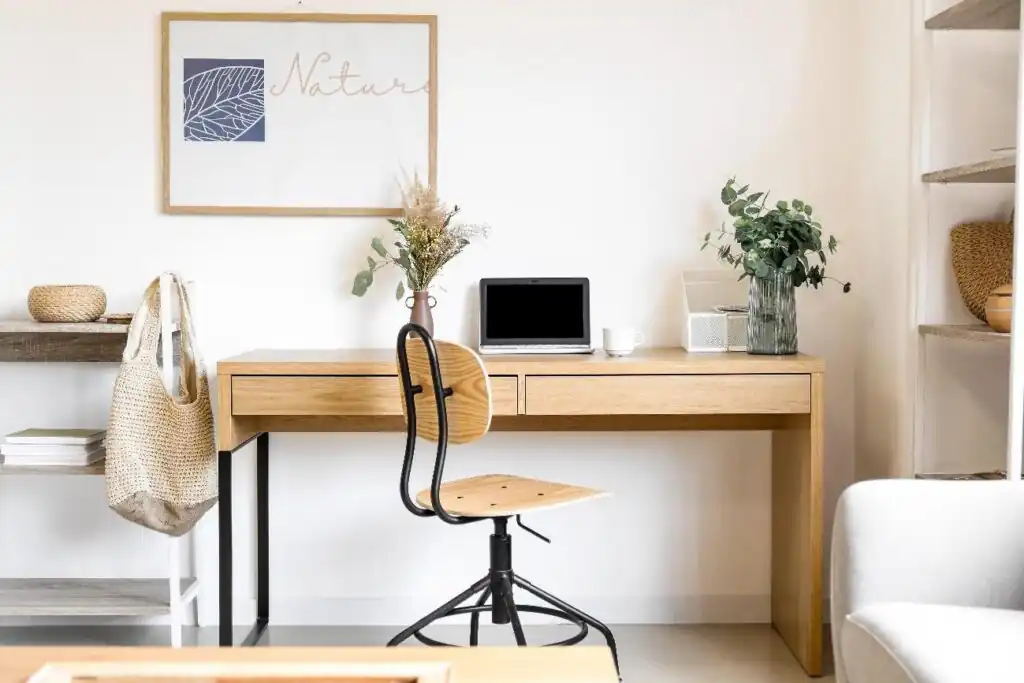
To work healthily from home, it is important to choose a desk and chair suitable for remote work.
- Adjust the monitor to the same height as your eyes or slightly lower.
- Ensure the distance from the monitor is at least 40 cm.
- Keep your elbows at an angle of 90 degrees or more, so your hands can comfortably reach the keyboard.
- Sit with the entire soles of your feet touching the floor.
The standard desk height is usually set between 70 and 73 cm, and the difference in height between the desk surface and the chair seat should be around 1/6 of your height. For example, if you are 175 cm tall, the appropriate difference in height would be about 29 cm.
Chair features
Since remote work often requires sitting for long periods of time, it’s important to choose a chair with support features that help you maintain proper posture in order to reduce fatigue.
To maintain an ideal posture, look for chairs that can: support the natural “S-curve” of the spine, distribute body pressure evenly, and adjust the height easily.
Key points to check include whether the backrest fits your body and if it has an appropriate reclining function. Additionally, the backrest and seat should be made from materials that can evenly distribute body pressure and provide the right level of firmness. Chairs with armrests, lumbar support, and a headrest are also recommended for enhanced comfort and posture support.
Daylight-colored lighting is recommended for clear visibility of your workspace
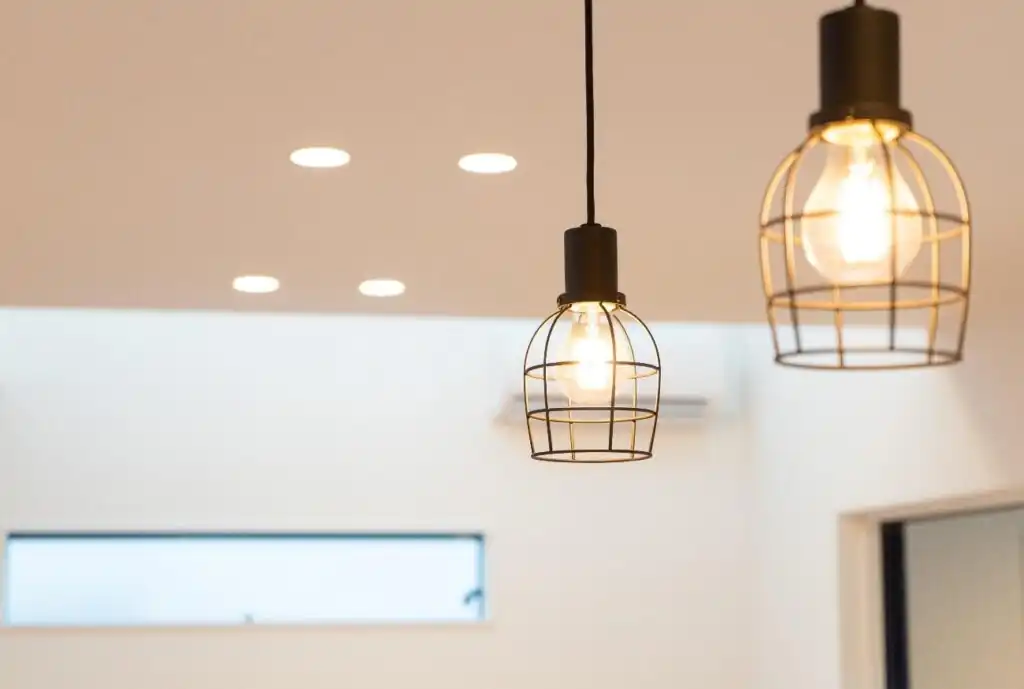
Lighting colors are generally categorized into three types: warm white (incandescent), daylight, and cool white (neutral white). Among these, “daylight” is recommended for remote work because it is said to stimulate the brain, enhancing wakefulness and concentration.
On the other hand, for creative work that requires time to develop ideas, the “warm white (incandescent)” is recommended. This will relax your brain and help you come up with good ideas.
Pay attention to the location of power outlets
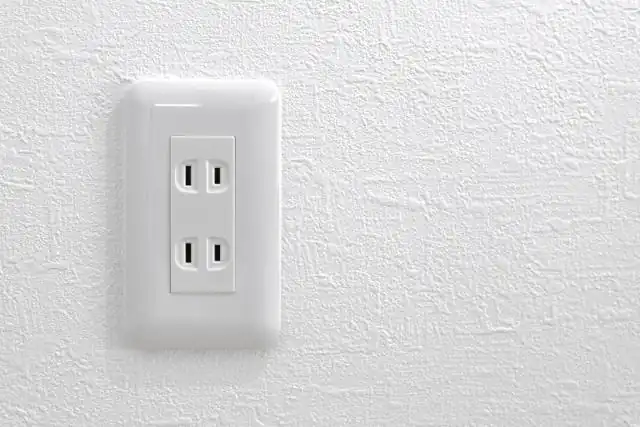
For those who use electronic devices such as computers and printers while working remotely, securing a sufficient power supply is essential. Other devices that require power include Wi-Fi routers, smartphone chargers, tablets, etc.
Since homes are not typically designed with workspaces in mind, it’s possible that you may face a shortage of power outlets. Before setting up your desk area, make sure there are enough power sources available.
If you cannot secure multiple power outlets near your desk, consider using an extension cord. There are extension cords with switches or power strips with USB ports, so choose one that suits the devices you’ll be using.
Improve work efficiency with the sound-absorbing property of wood
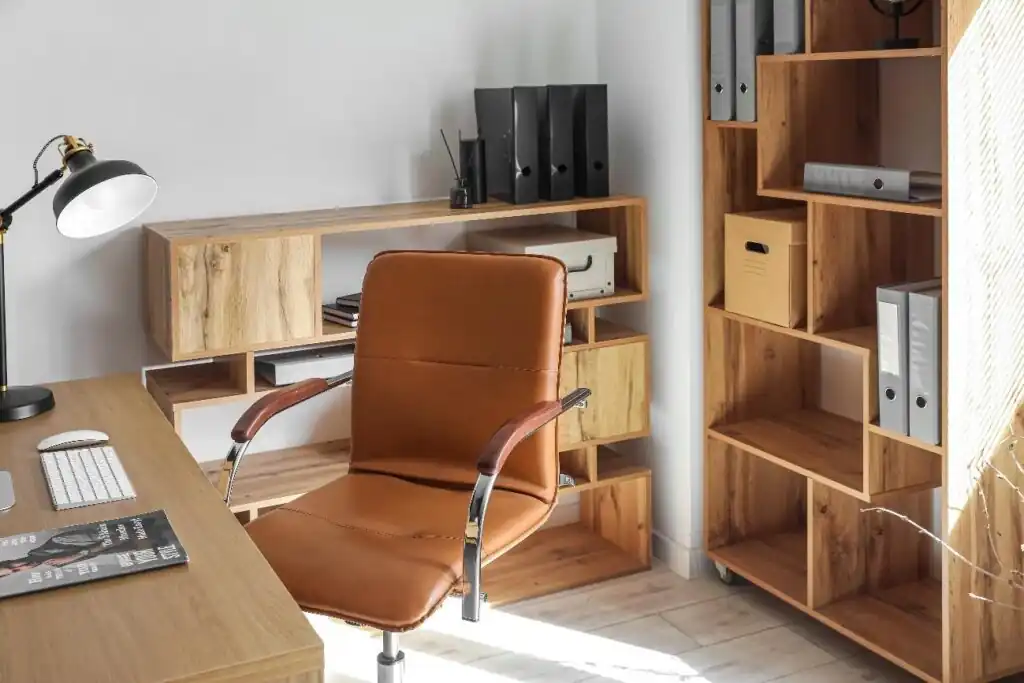
Because wood is porous, it absorbs low, mid, and high frequencies in a balanced way. For this reason, it is believed that incorporating wood into your workspace reduces noise and improves concentration.
In addition, an experiment was conducted in which participants solved math problems in two types of rooms—one had plain white wallpaper, and the other had wood wallpaper. The results showed that participants in the wood wallpaper room had higher peaks in both beta waves (which indicate concentration) and alpha waves (which indicate relaxation). In other words, spaces that contain wood allow for a clearer distinction between focus and rest, thereby enabling one to work more efficiently.
Reference: Wood House Lab. | Positive Effects on Mind and Body
Decorate your workspace with houseplants to reduce fatigue and stress

Many Japanese people have probably heard the term “green coverage ratio” at least once before. The green coverage ratio refers to the percentage of greenery in a person’s field of vision. Looking at a computer screen for long periods of time is unavoidable when doing desk work, but incorporating greenery into your workspace can reduce eye strain and stress.
If you feel more tired when working remotely at home than in an office, one solution is to increase the green coverage ratio in your home workspace. It is said that a green coverage ratio of 10%~15% of your field of vision improves concentration and boosts work efficiency. Try creating a greener space by placing a few pots of plants (like succulents) on your desk.
Three recommended layouts to enhance concentration
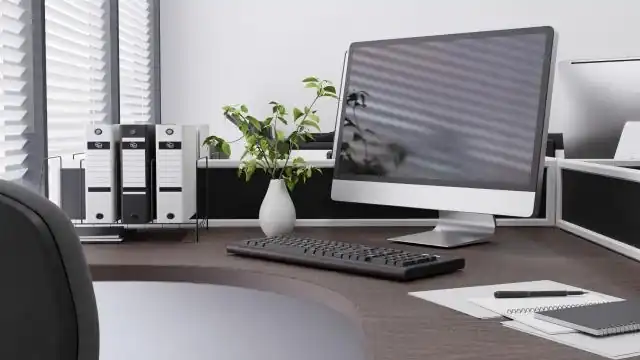
Layout 1: Desk against a wall
Placing your desk against a wall is one of the most common room layouts. It creates a sense of spaciousness behind you, making the area feel more open even in limited spaces. The wall can be utilized for pinning schedules or documents, and it also helps minimize distractions from unnecessary items in the room, making it easier to concentrate.
On the other hand, if the depth of your desk is shallow, it may feel like the wall is closing in on you. Typically, office desks have a depth of around 60 cm, but compact designs with a depth of about 45 cm also exist. They are functional when working with a small laptop, but be careful as feelings of claustrophobia can increase stress.
Layout 2: Desk in the center of the room
Arranging the desk away from the wall and placing it in the center of the room allows for a broader view and creates an open atmosphere for work.
One advantage is that it allows for greater freedom of movement, but in a room with limited space, it can feel cramped. Additionally, since the entire room is in your field of vision, if the room is not tidy, it can easily disrupt concentration and decrease work efficiency.
If you place a desk in the center of the room, be sure to prepare adequate storage space (like cupboards) so that you can keep the room tidy and clutter-free.
Layout 3: Desk against a corner
Placing an L-shaped desk in the corner of the room or positioning two desks at right angles can expand your workspace and enhance productivity. You will have more space for office equipment (like printers) and other work supplies, and the easy access can help you work more smoothly.
While positioning your desk in a corner can help maximize space, similar to a wall-facing layout, it can also give rise to a sense of confinement. Be mindful of your desk’s depth and avoid layouts that make you feel cramped.
At Village House, there are no security deposit, key money, renewal fees, or handling fees. If you want to save on initial costs, please feel free to contact us for more information.
Related articles:
- Setting up Your new Space: Cable, Internet, and Other Utilities
- Top 5 Easy Indoor Plants for Your Home
- Sustainable Home Design Tips for Your Apartment
- How to Choose the Perfect Lighting for Your Home
- No More Empty Rooms! Creative Ways to Utilize Unused Space in Your Home

Hello, I’m Machiko Doi, a freelance writer who writes about housing and living in Japan.
I live in an 80-year-old house that I inherited from my grandparents along with my two shelter cats and daughter.
We live a relaxed life while repairing the house.
I like to cook vegetables from the garden and fresh fish caught by my father, and enjoy them with cold beer on a hot day or hot sake on a cold day.



